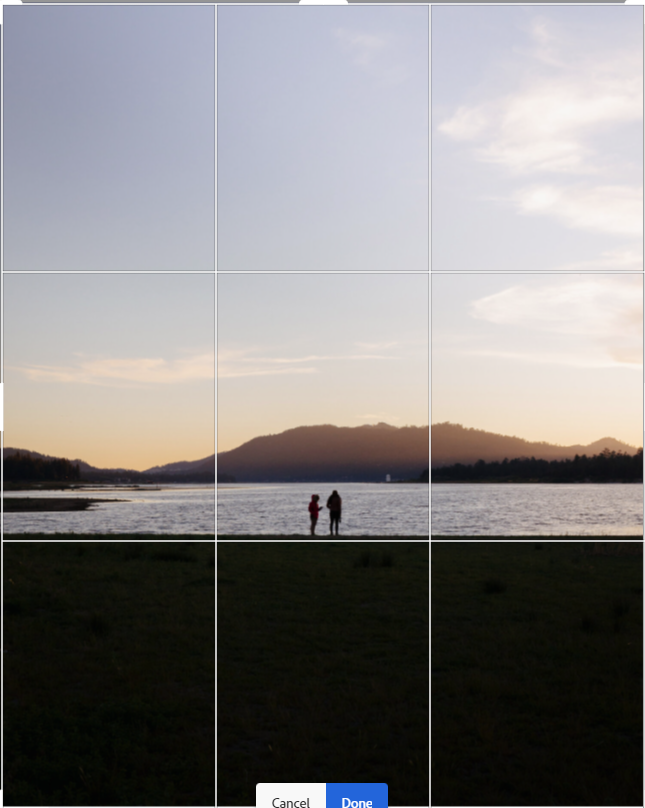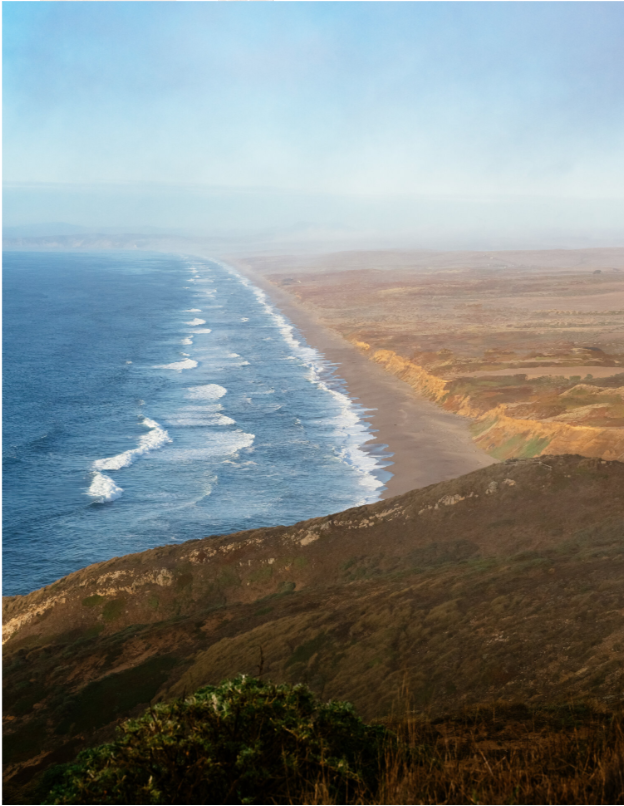Photography 101
Essential Composition Techniques
Now that you've familiarized yourself with manual mode, exposure settings, and the basics of aperture, shutter speed, and ISO, it's time to delve into the art of composition. Understanding composition is essential for creating visually appealing and engaging photographs. In this blog post, we will discuss the Rule of Thirds and other key composition techniques that can elevate your photography to the next level.
The Rule of Thirds
The Rule of Thirds is a fundamental composition principle that helps photographers create balanced and visually interesting images. Imagine dividing your frame into a 3x3 grid, with two equally spaced horizontal lines and two equally spaced vertical lines. The idea is to place the primary subjects or elements of interest along these lines or at their intersections.
Using the Rule of Thirds can help guide the viewer's eye through the image and create a sense of balance and harmony. By avoiding placing the main subject in the center of the frame, you can create a more dynamic and engaging photograph.
Notice how the subjects are aligned on the bottom third line.
Leading Lines
Leading lines are another powerful composition technique that can help guide the viewer's eye towards the main subject. They can be natural or man-made lines, such as roads, rivers, fences, or even the edge of a building. Utilize leading lines in your composition to direct the viewer's attention and create a sense of depth and perspective in your images.
Notice the lines created by the beach and cliff that “guide” your eye through the image.
Framing
Framing is a composition technique that involves using elements within the scene to create a frame around the main subject. This can help draw attention to the subject and add context to the image. Examples of natural frames include tree branches, windows, or archways. Be creative and look for unique framing opportunities in your environment to add a new dimension to your photographs.
Notice how the window acts as a natural frame.
Fill the Frame
Sometimes, getting up close and personal with your subject can make a significant impact. Filling the frame with your subject can help eliminate distractions and emphasize details or textures. Don't be afraid to move closer or use a longer focal length to create a more intimate and engaging image.
Notice how the image fills the frame even expanding beyond it.
Negative Space
Negative space refers to the empty or unoccupied space surrounding the main subject in a photograph. Utilizing negative space effectively can create a sense of balance, simplicity, and minimalism. It can also help emphasize the subject and evoke emotions in the viewer. Experiment with negative space in your compositions to create a unique and visually striking photograph.
Notice the lack of anything around the subjects, helping emphasize the scale of the image.
Conclusion
Mastering composition techniques like the Rule of Thirds, leading lines, framing, filling the frame, and utilizing negative space can greatly enhance your photography. Remember, while these guidelines can help improve your images, don't be afraid to break the rules and explore your creativity. The key is to practice and experiment with different compositions to discover your unique photographic style. Keep shooting, and don't forget to share your progress on my Instagram page linked in the top right. Happy photographing!





